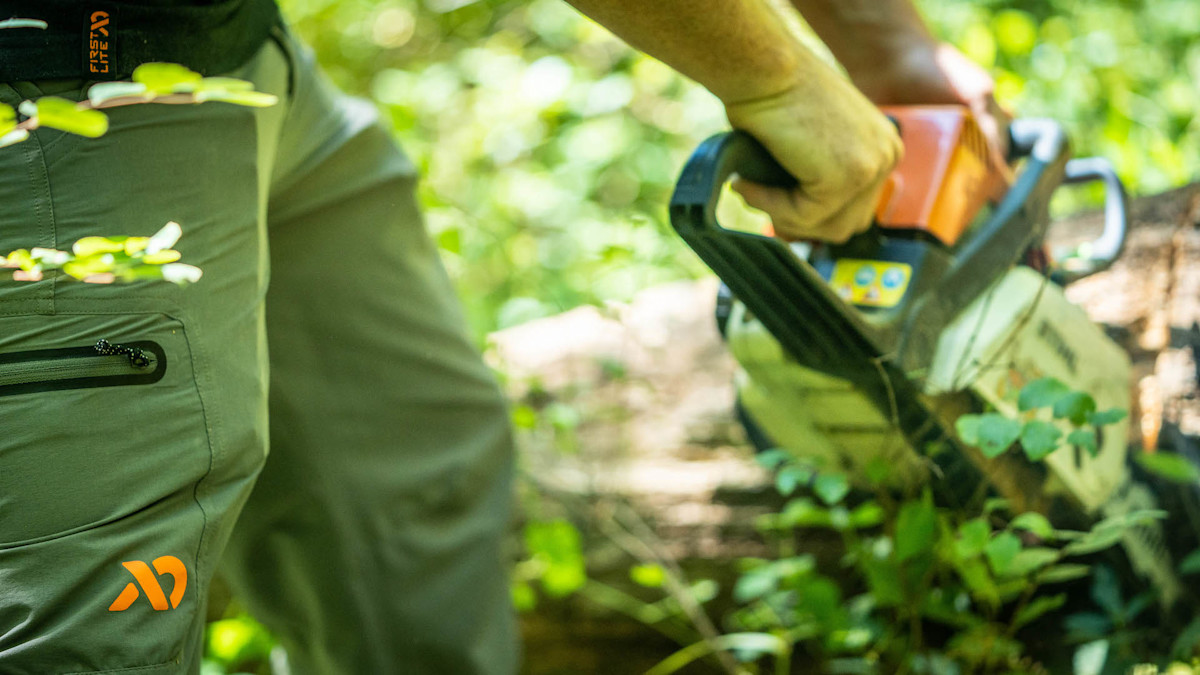Unlikely Conservation Group Improving One Million Public Acres for Deer Hunters

For many long-time hunters, the words "Quality Deer Management Association" brings to mind images of big giant bucks, exclusive hunting leases, and John Deere tractors planting lush green fields. That organization, while undoubtedly effective at educating hunters about deer and land management, garnered an image of catering only to private landowners to the exclusion of the Average Joe deer hunter.
But now, to the surprise of many (and under a new name), it’s refocused its efforts with an eye towards serving all deer hunters with a massive undertaking of improving habitat on one million public land acres.
The Public Lands Initiative
The National Deer Association (NDA), as it’s now known, announced in 2021 a moonshot goal of improving one million public land acres over five years. It’s an unexpected investment of time and energy, in many people's eyes, for an organization that for so long seemed primarily focused on private land management. But according to NDA staffers, it’s a necessary re-setting of priorities now that the organization has achieved many of its original long-time goals. With deer hunters more educated than ever before about healthy herd and habitat management, and key indicators like age structure of buck harvest trending in a positive direction, the organization formerly focused on quality deer management has largely accomplished its original mission.
What’s next for the NDA seems to be a diversification of its efforts and a focus on working for a larger segment of the deer hunting community. In addition to continuing education and advocacy efforts, a big part of this new push has come in the form of hunter recruitment initiatives like their Field to Fork program and improving access and opportunity for hunters on public lands. Research shows that the majority of new hunters don’t own land and are disproportionately dependent on public access. And with more and more land being bought or leased for recreation, a similar access challenge exists for long-time hunters too. The problem is that many of the public parcels that are so important to so many hunters don’t often support the same quantity or quality of wildlife that private lands do.
“We need to do more on public lands so that these places are better for deer, because the reality is that many of these public lands are undermanaged or not managed at all for huntable populations,” Director of Conservation for the NDA, Matt Ross, said.
To accomplish this goal the NDA is primarily focusing on partnerships with the U.S. National Forest Service in which the organization has entered into “master stewardship agreements.” These agreements effectively give the keys to certain national forests to the NDA to plan, staff, and execute a variety of habitat improvements on national forest lands that fall within each Forest’s management plan. These habitat initiatives fit within a National Forests management plan and are environmentally reviewed and approved but might not otherwise get done because of a lack of time, funding, or people at the USFS level. The NDA fills that gap by providing the manpower and expertise to execute these necessary actions with an eye toward better wildlife productivity.
Ross, who is overseeing this project, is currently managing a team of “stewardship coordinators” who are heading up projects like this across seven different national forests in six different states so far. Already, in just the first two years of this project, they’ve improved approximately 300,000 acres. Specific actions taken on these forests include everything from invasive species removal and prescribed burns, to tree inventorying, planting, and cutting to either restore forests or create early successional habitat.
These projects and others that the Forest Service supervisors have contracted with the NDA on will help improve forest health, fire resiliency, and wildlife populations that support healthy ecosystems and recreation.
“We do this under the umbrella of deer management because there’s a lot of support there,” Ross said. “But we’re helping a lot of other things as well. If you’re changing the composition of vegetation and adding disturbance, the great thing about deer is that they're resilient and they respond quickly. And then a lot of other species benefit as well.”
How You Can Get Involved
As part of this initiative, the National Deer Association has partnered with myself and MeatEater to open up several of these projects to public involvement through our Working for Wildlife Tour.
On July 29, 2023, volunteers joined me and other MeatEater staffers as well as members of the NDA team and the U.S. Forest Service to participate in an aspen stand restoration project in Northern Idaho in the Panhandle National Forest.
On September 23, 2023, another project kicks off in Mississippi’s Desoto National Forest where we’ll be partnering with the NDA to plant trees, seed public land food plots, and remove invasive species.
And, finally, on October 14th, 2023 the crew will travel to the Daniel Boone National Forest of Kentucky to participate in a white oak acorn collection effort to help a native reforestation project in the forest to be completed at a later date.
As I’ve noted before, there are few things as rewarding as getting out on the ground yourself, getting your hands dirty, and doing real work for conservation. It’s immediate, gratifying, and empowering. And, from all indications, the NDA has experienced the same realization as it approaches the mid-point of its grand public land initiative.
“We’re seeing some real opportunities for us to make a major impact and it’s got us all really excited,” Ross said.



